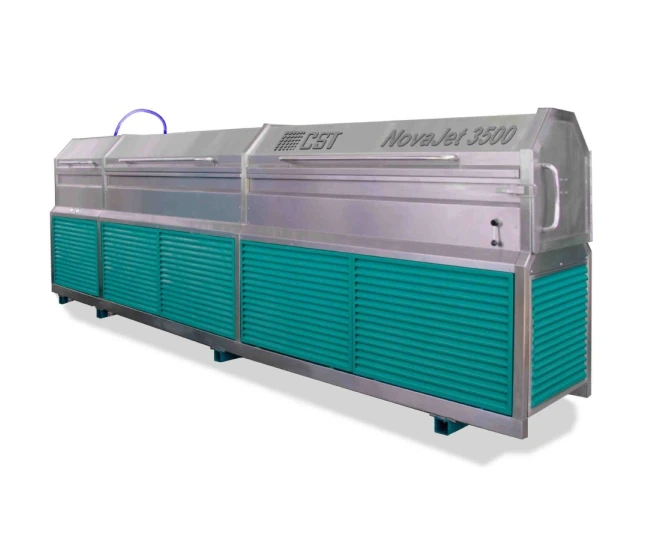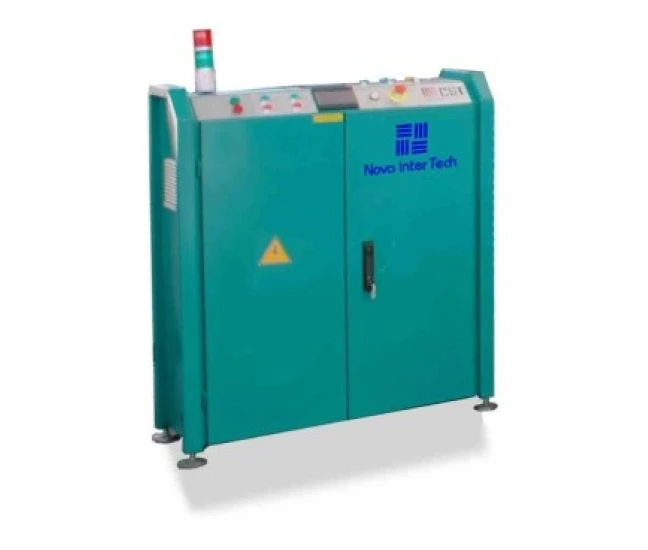Home » Stripping
the new technique was introduced by CST, a company in Germany. It uses high water pressure, about 3000 Bar
consumes very low amount of
water that is in the closed filter system.
the printer can save the cost of screens dramatically, and also improves the printing quality.
A lot of companies in Asia are using very harmful chemicals to strip their rotary screens. These chemicals are extremely dangerous. By inhalation or skin contacting, it will create an irreversible dangerous effects to human body and also the environment. In Europe, these chemicals are restricted.
The rotary printing factories are forced to strip their screens due to the high cost of the new rotary nickel screens.
As an average, the screen can be stripped (reused) about 3 times, but every chemical stripping process the rotary printing screen will be damaged by the strong acid in the stripper. To put it another way, the acid will corrode the surface of the screen which made by pure nickel. Consequently the nickel screen will get thinner and thinner. As a result, the open printing area will not be the same as before. So, in order to print a good quality, it’s not possible to use the stripped screens by chemicals.
Also in Europe and Asia, the textile industry is facing problems from the competitors who have low labour cost. In Europe, the main stripping method is burning emulsion off with laser. By comparing with chemical stripping, it’s still expensive but it can save cost in buying new screens.


The new technique was introduced by CST, a company in Germany. It uses high water pressure, about 3000 Bar, to clean the screens. With special nozzles, it’s possible to remove the photo emulsion from the nickel without damaging the nickel surface.
This is the only completely pollution free machine in the world for stripping screens. It also consumes very low amount of water that is in the closed filter system.
If the rotary printing screen is handled carefully during the printing process it’s possible to strip the screen more often than stripping with the chemicals. As a result, the printer can save the cost of screens dramatically, and also improves the printing quality.
In the year 2000, a co-operation between Inter Silk Screen Co., Ltd and CST GmbH Germany was established to open a new company named Nova Inter Tech Co., Ltd.